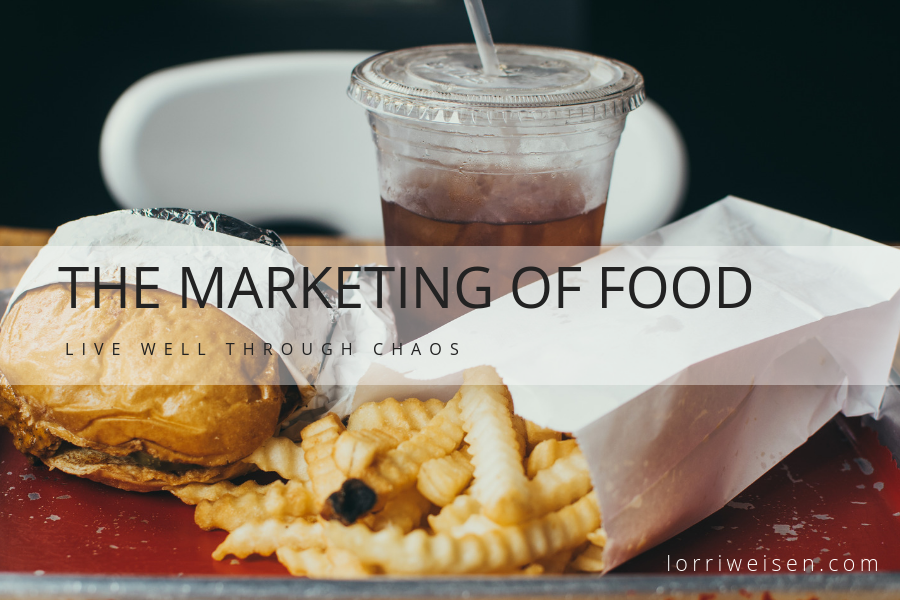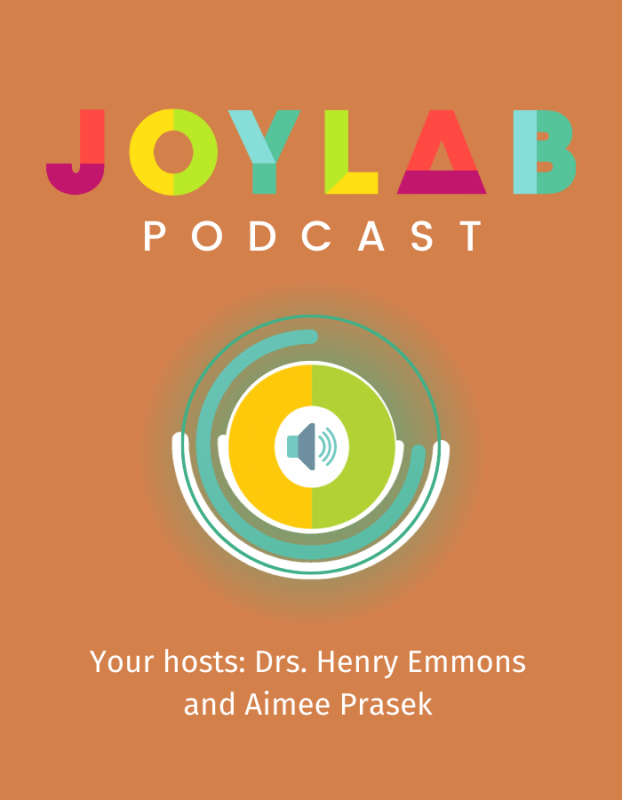Obesity is not just a willpower problem. Telling someone to 'just stop eating' is like telling someone to 'just stop being poor'.
Why have we gained so much weight? How did High Fructose Corn Syrup (HCFC’s) get so prominent in our foods? When did super size portions get so popular? Why are we so fat? When did we become obese?
In order to know where we are—which is the middle of a health crisis—we have to know how it all began. HCFC’s, super-size portions, and obesity are a direct result of the Deregulation of Agriculture and is incredibly important for you to know if you are wanting to Live Well.
In the most prosperous country on the planet, many of us that are obese are also malnourished. We’re craving foods because our bodies are not getting the correct nourishment and support. We eat more food than ever before, yet we are constantly hungry and never satisfied. Our bodies are screaming for minerals, vitamins, fibers, flavonoids, fatty acids, amino acids and substance and yet we respond by feeding them sugar-laden drinks and foods that mess up our metabolism and cause more cravings and inevitable weight gain.
But we don’t understand why. In fact, most of us don’t even know that we’re doing it.
We’re stressed-out, overworked and overtired. We find ourselves eating at our desks, in our cars, on the train, and watching tv—paying no attention to the fact we’re fueling our bodies with junk. Mindless eating is costing us a fortune in both our pocketbooks and our waistlines.
But it’s not entirely our fault. We’re collateral damage in a broken food system that has overtly manipulated and brainwashed us. Instead of fat-shaming ourselves (and others) because we have no self-control we should be asking ourselves a very serious question.
How did this happen?
We have to go back almost 50 years to find the answers. In the 1970’s we had a system called subsidized farming in which we paid farmers not to grow more food. We conserved land and cared about the environment. But then in the late 70’s, things changed dramatically and farmers were told that their subsidies would depend upon the amount of food they grew.
Of course, farmers took advantage of the subsidies and we had an abundance of corn and soybeans which in turn, increased the number of calories in the food supply. This also made the food industry very competitive in selling the products in an environment to which there are now too many calories; 3900 calories per person per day. This was also at the same time that HFCS’s were introduced to the market.
Enter Wall Street.
Prior to the 1980’s, Wall Street valued corporations for their ability to produce long term but slow returns on investments (these were called blue-chip stocks). The shareholders value movement, which began in the 80’s, put pressure on corporations to increase returns to investors for immediate returns. This was hard for food corporations which were already trying to sell products in an excess calorie environment of 3900 calories pp per day (and two times the average need). This forced food corporations to have to not only make a profit, but to also grow their profit.
This wasn’t a conversation saying, how can we make people fat, but rather, how can we sell our products in an environment in which there is so much food available and which we now have to grow our profits every 90 days?
The beginning of Food Marketing.
In the early 1980’s it became allowed to market food (and other items) directly towards kids. (Currently, three-quarters (73%) of the foods advertised on television shows intended for children are for convenience/fast foods and sweets.) There was also the deregulation of dietary supplements and health claims which created a completely deregulated food market for food marketing. Or better said, it removed all the restrictions. So our obesity/food/health crisis didn’t happen deliberately.
In many ways it’s collateral damage of the way our food system works. We live in an environment that encourages people to eat more food than what’s good for them. And more than what they need. We started putting food everywhere, Staples, Walgreens, Menards, Duane Reade pharmacies and Bed Bath and Beyond. If food is available, people will buy it. We’ve become manipulated and conditioned by a system that’s out of control.
If you go to McDonald’s with five dollars, you can get five hamburgers…or one salad?! That’s because some foods are subsidized, some aren’t. Poor people feel it’s hard to eat fruits and veggies because they’re expensive. And they’re right. It’s no surprise that in the richest nations, obesity rates are much higher at the bottom of the socioeconomic scale than they are at the top of it. When we are broke we live on Ramen noodles and Mac & Cheese. And then we become addicted to the additives and chemicals in these processed foods and continue to crave them even when we can afford better. It takes an intentional mind shift—or sadly and most often—a health crisis to change our habits.
Since the 1980s.
The index price of fruits and vegetables has increased 40%.
The index price of beer, butter, and sodas have decreased 15 to 30%.
So what happened?
We started changing and adapting because food was so cheap. We began eating outside of the home more often. Most of this was fast food which had more calories. This multiplied exponentially and as the demand grew bigger for convenience, the food manufacturers stepped up to the plate increasing the supply.
Then became the increase of portion sizes and serving sizes.
In the 70’s, an average soda (fountain drink) was 7 ounces, 82 calories and 22 grams of sugar. Today it’s 64 ounces, 780 calories and 217 grams of sugar. Larger portions have more calories (duh!). Portion size has increased in parallel with obesity rates rising—along with calorie intake increasing. Not surprising that obesity equals larger portions and a high consumption of sugar.
- Obesity rates have increased 250% in the last 50 years.
- Obesity rates started to climb in the early 80’s and are hovering at 35% of the US population.
- We’ve had a 960% increase of HFCS (high fructose corn syrup) since the 80’s
How about a lesson in metabolism and biochemistry.
When we eat and drink carbs our blood sugar goes up and our pancreas produces insulin. Insulin is the hormone that is supposed to take the blood sugar out of the blood stream and into the cell for energy. But what it doesn’t need for energy is stored in the muscle as glycogen first, and the rest is stored as fat. We think that eating fat turns into fat but carbs and sugar turn to fat. If we constantly spike our blood sugar, it elicits too much of an insulin response which will cause inflammation in the body.
Insulin is the principal regulator of fat metabolism. Or rather, insulin is a fattening hormone.
We jack up insulin levels in our bodies and we keep them up by our food choices. This is how we accumulate fat. Carbs drive insulin which drive fat. So, carbs drive fats. But not all carbs! Mainly sugar, fructose, HFCS, sucrose, and high GI foods.
Fructose and sugar gets metabolized in the liver and are the fundamental contributors to insulin resistance. Once we become insulin resistant, we start getting fat and all other carbs become a problem. So, can you understand how in the 80’s—with the introduction and dominance of HFCS’s, the promotion, marketing, and availability of low quality foods—our bodies and brains became addicted?
Can you now understand how this happened?
To quote a recent article in The Guardian:
“Food companies have invested heavily in designing products that use sugar to bypass our natural appetite control mechanisms, and in packaging and promoting these products to break down what remains of our defenses, including through the use of subliminal scents. They employ an army of food scientists and psychologists to trick us into eating more than we need, while their advertisers use the latest findings in neuroscience to overcome our resistance. They hire biddable scientists and think-tanks to confuse us about the causes of obesity. Above all, just as the tobacco companies did with smoking, they promote the idea that weight is a question of “personal responsibility”. After spending billions on overriding our willpower, they blame us for failing to exercise it.
George Monbiot
What can we do?
Take back our control. The way that we begin is by understanding how we got here which is what I hope you now see. The way we move forward is to stop fat-shaming ourselves and start making healthier decisions. Even though we technically didn’t create this crisis, we are the result of it. It took us 40 years to get here and if we rely on policy change to reverse the epidemic, we will undoubtedly wait just as long.
On a personal level:
- Reduce your consumption of fast foods.
- Learn where your food comes from.
- Eat whole foods, not prepackaged products.
- Learn to cook.
- Teach a child how to cook.
- Eat and drink smaller portion sizes.
- Eliminate sodas.
- Shop at your local farmers markets and co-ops.
- Learn to read nutrition labels
- Watch your sugar intake opting for less than 20 grams of sugar per day – including fruits.
- Eliminate all foods containing HFCS and corn syrups.
Get involved:
- Join the Slow Food Movement: Slow Food is a global, grassroots organization, founded in 1989 to prevent the disappearance of local food cultures and traditions, counteract the rise of fast life and combat people’s dwindling interest in the food they eat, where it comes from and how our food choices affect the world around us.
- Protect healthy food in schools by supporting the Food Corps: To make every school a healthy school and to get every child well-nourished, eating healthy and ready to learn.
- Get a salad bar put in your child’s school.
- Learn about eating healthy, become a Nutritional Health Coach and share your health journey with others.
Not sure if you are considered overweight or obese? Check your Body Mass Index (BMI) here.
Where is fructose found?
HFCS are found in sodas, breads, candy, sweetened yogurt, salad dressings, juice, boxed dinners, granola bars, energy/nutrition bars, canned fruit, cereal, baked goods, condiments, cookies, and crackers. But regular ol’ fructose can also be found in fruits and vegetables!
Apples, cherries, mangoes, watermelon and pears along with onions and broccoli. And don’t forget honey, agave, and coconut sugar. You can safely have moderate amounts of low-fructose fruits, such as honeydew melon, cantaloupe, bananas, blueberries, strawberries and oranges, if you limit your serving sizes and choices. Remember, no more than 20 grams of sugar per day.
Need a little help?
Get your FREE 10 day Sugar Cleanse and learn how to control your cravings once and for all.
Sign up here >>>>
*The history portion of this post was taken from a lecture that I had the good fortune of attending, by Marion Nestle. She is the author of six prize-winning books including Food Politics: How the Food Industry Influences Nutrition and Health. Her research examines scientific and socioeconomic influences on food choice, obesity, and food safety, with an emphasis on the role of food marketing.





